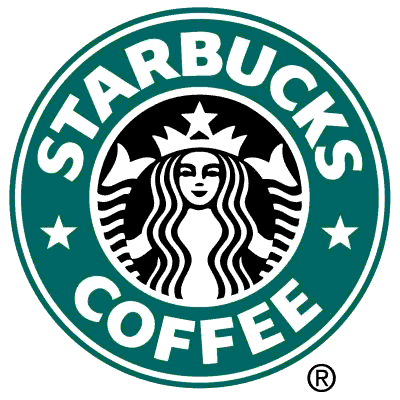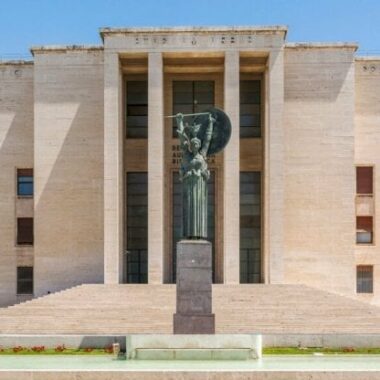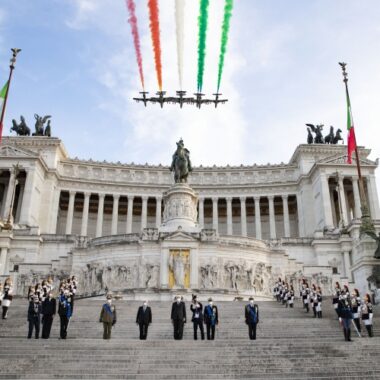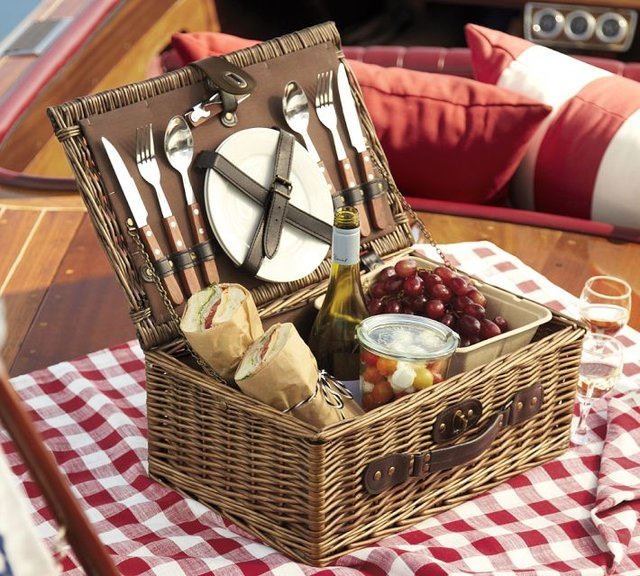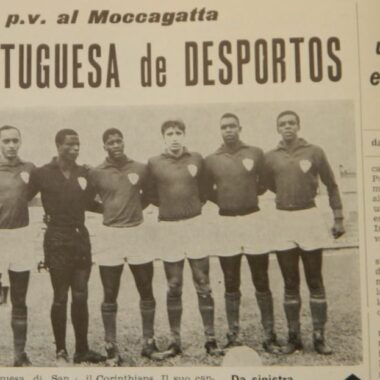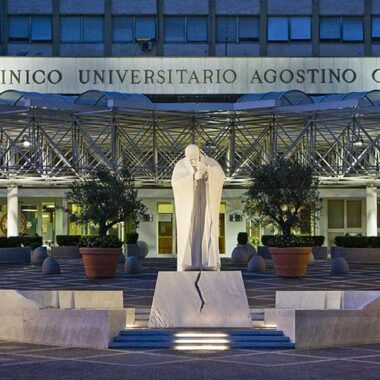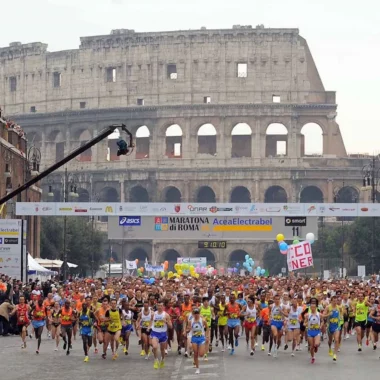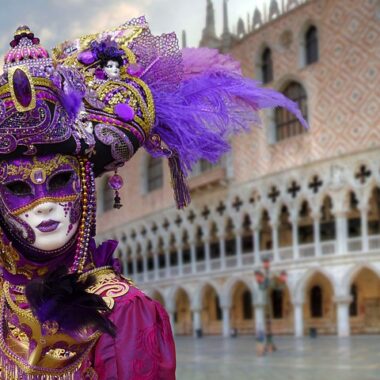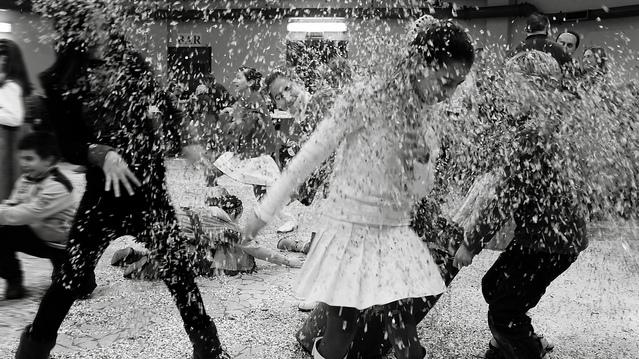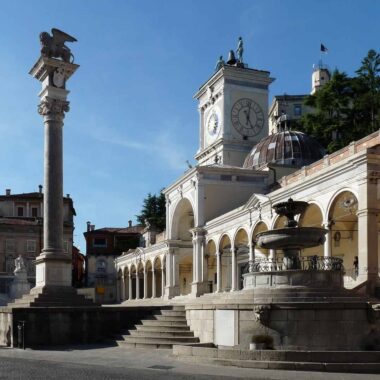These days Starbucks coffee shops are a common sight on almost every corner, in almost every major American and European city in the world–except Italy. Italy resisted all these years without a Starbucks, but the first shop opened in Milan on September 7, 2018. The coffeeshop is in Piazza Cordusio, and on the opening day people queued for three hours to have their latte at the first Starbucks in Italy.
Think it’s weird Starbucks took so long to break into the Italian market? Well, a quick review of Starbucks’ history will show that it’s probably not.
The first Starbucks was a store for coffee grounds and coffee equipment. After a trip to Milan, Howard Schultz, the Director of Retail Operations and Marketing, advised the founders that they should also begin to sell coffee-based drinks and espresso in the shops. Initially the three founders of the company rejected the idea and Schultz left to found his own chain of coffee houses, Il Giornale (“The Newspaper,” in Italian). A few years later the original founders sold the Starbucks company to Schultz, and he rebranded his shops as Starbucks.
It was the beginning of Starbucks as we know it today, and as you can see the Italian influence on this brand have been strong from the beginning. After his initial trip to Milan, Schultz realized that in Italy coffee shops or bars have always been a place to stay, relax, discuss and meet. He named his first stores Il Giornale for this reason. What better place to get caught up on the morning newspaper, to meet friends and discuss current events? Schultz wanted his coffee shops to be that place, a sort of living room outside your own home, which has always been part of the charm of Italian bars.
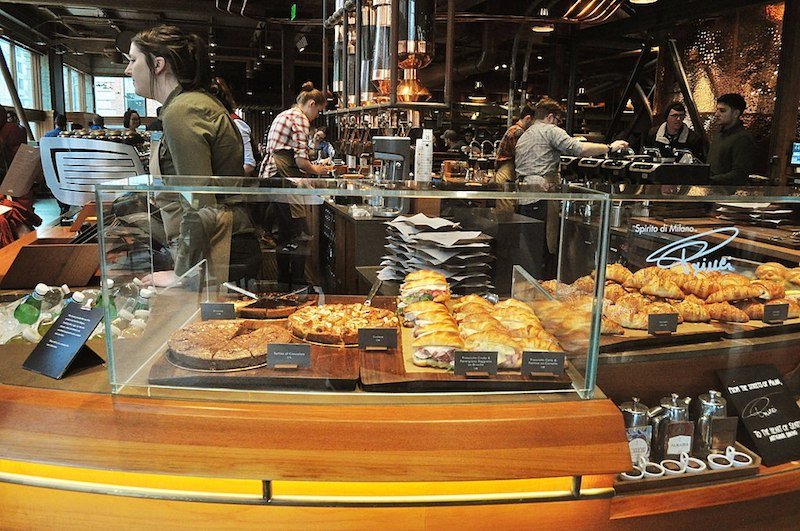
This type of vibe is still very much present in most of Italian coffee shops everywhere. Get inside one of these places and you’ll find the same atmosphere that Starbucks shops everywhere are trying to replicate. Schultz’s idea was to export and franchise an Italian-style coffee shop to North America, to bring the Italian experience to his shores. Even the names of Starbucks coffee sizes (grande, venti) are in Italian.
For this reason Italy has long been a no-go zone for Starbucks. Not only would it be much more difficult to compete with the original but can you image the brand damage if, say, an Italian newspaper were to run a headline proclaiming “Italians Reject Starbucks’ Coffee?” Suddenly Starbucks will look middling and inauthentic, the risk has just been too great. Another problem is that the mild taste of Starbucks coffee likely won’t appeal to Italians while serving anything stronger may put off tourists who will file into the shops for a little piece of home (and, one imagines, would be the real target market for Starbucks).
Over the years Starbucks has developed its own, strong brand identity. Today the company appeals to a mass of young, modern city dwellers that use the shops as a refuge where they can escape the frenzy of city life. Thanks to free Wi-Fi, a new kind of customer has emerged: the freelance, work-at-home professionals that want to escape the boredom and solitude of their home office to spend their work day in a comfortable, quiet but lively area. Free wi-fi has been, in most cases, part of cafés and pubs’ offering for a while, even though mostly in larger centres: Starbucks will then join an already long list of premises perfect to work in. Surely, Starbucks free, all day wi-fi policy would be really appreciated in smaller towns and villages in Italy, where it is somehow still difficult to find a good spot to work on your computer when not at home.
This, by the way, is the reason why in Italy you’ll find elegant bars and coffee houses and internet points that look like they’re still in the late 1990s, but almost nothing in between. As you can imagine, a Starbucks without Wi-Fi and looking exactly like any other coffee shop has little to no appeal for Italians.
Or does it?
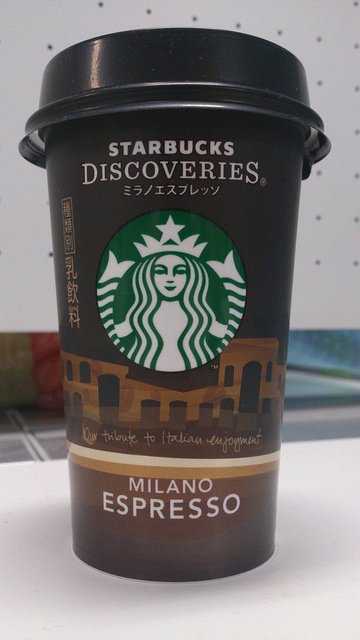
A new generation of Italians, young, modern, always connected, has known about Starbucks outside of Italy for some time. They see Starbucks in movies, on TV and mentioned in magazines and they want to sample for themselves. While many North Americans dream of emulating Italians, in Italy it is often the other way around and Starbucks is actually seen as sort of exotic just for being foreign.
While the coffee may not be anything to write home about–and don’t even get me started on the frappuccinos–the atmosphere of Starbucks is that laidback, modern cool that will likely draw in the younger Italians, especially those working in the fields of design, communications and marketing. It may be a small niche, but it’s a niche that’s been clamoring for the Starbucks experience in Italy. And it seems that their voices have been heard.
So if you’ve visited Italy and been stricken to realize that your beloved Starbucks is nowhere to be seen, now you know why. Never fear, for in the near future Starbucks will spread from the three shops in Milan to more major Italian cities. Nevertheless, If you are visiting Italy–whether or not there is a Starbucks around–we suggest stopping into a real Italian bar or cafe for the authentic experience that Starbucks has built an empire emulating. The coffee may be a bit strong for your tastes, but as they say, When in Rome…

